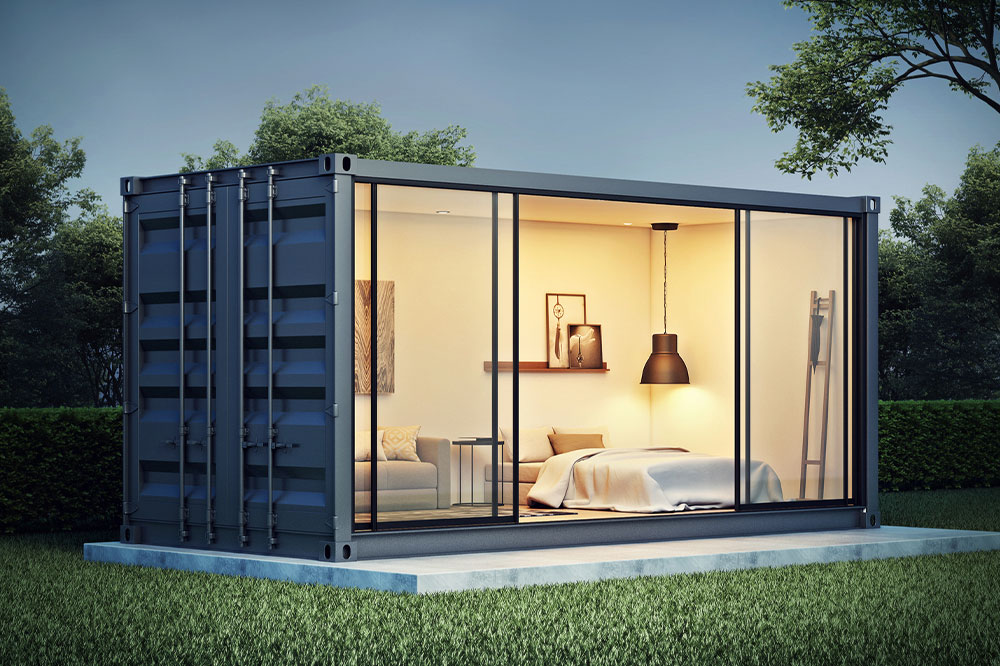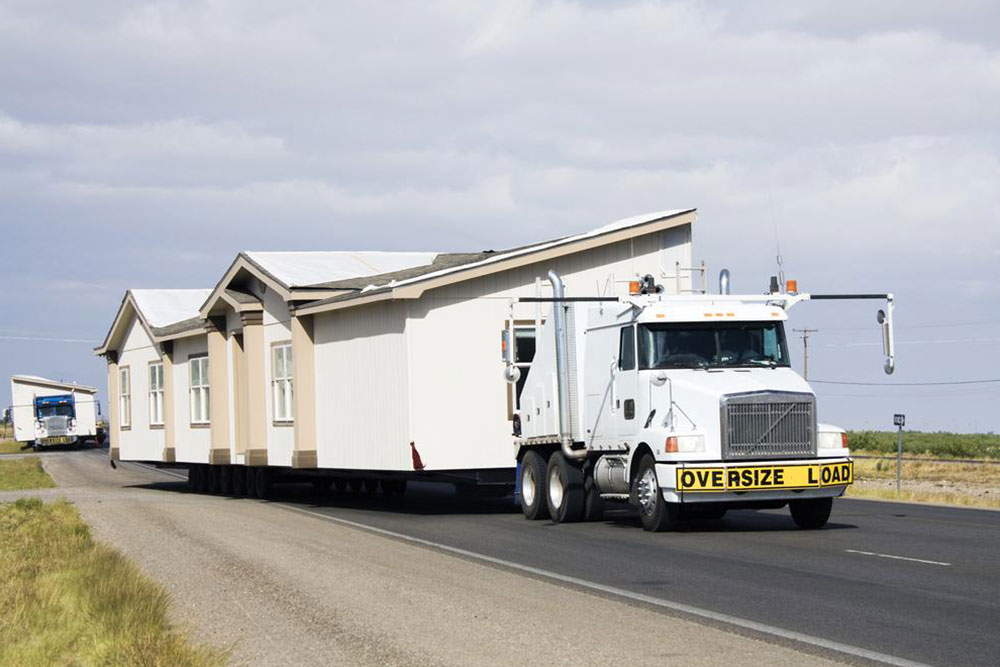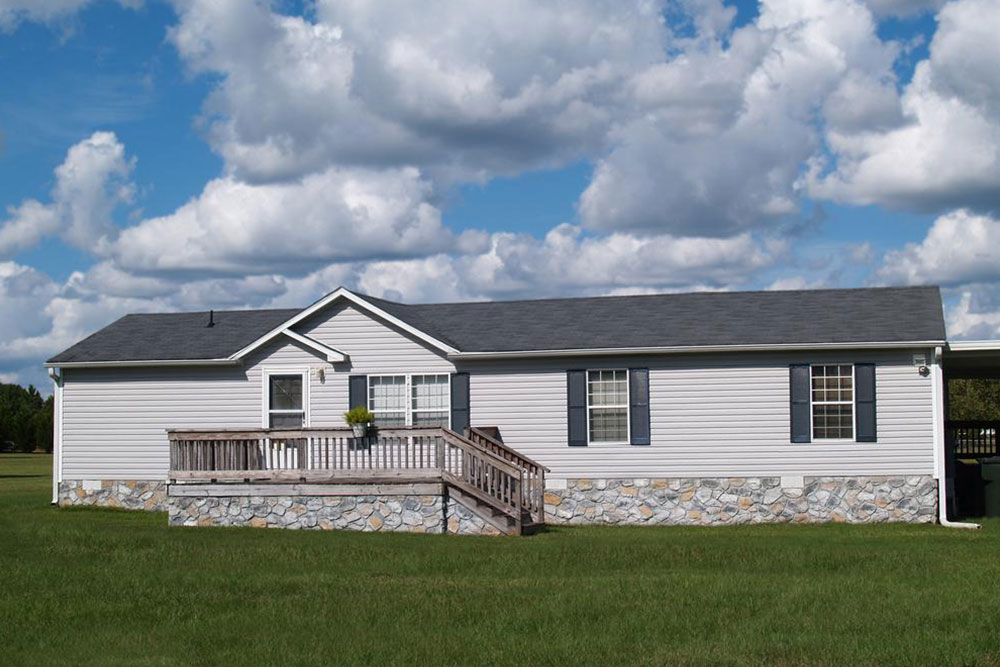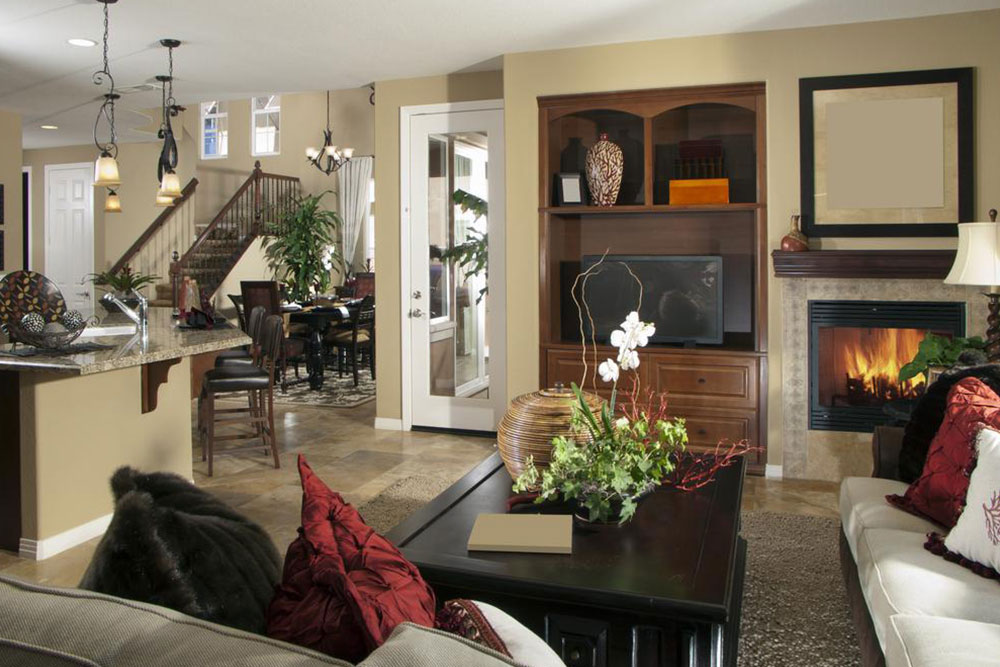Innovative Container Homes: Design Ideas, Permitting Guide, and Buying Tips
Discover innovative container homes with versatile designs, essential permitting information, and buying tips. Learn how these eco-friendly, affordable, and customizable structures are reshaping modern living options. From construction speed to legal requirements, this guide covers everything you need to know about owning a container residence. Find out how to select reliable builders, navigate permits, and explore design ideas tailored to your lifestyle and climate considerations. Embrace sustainable, stylish, and efficient housing with container homes today.
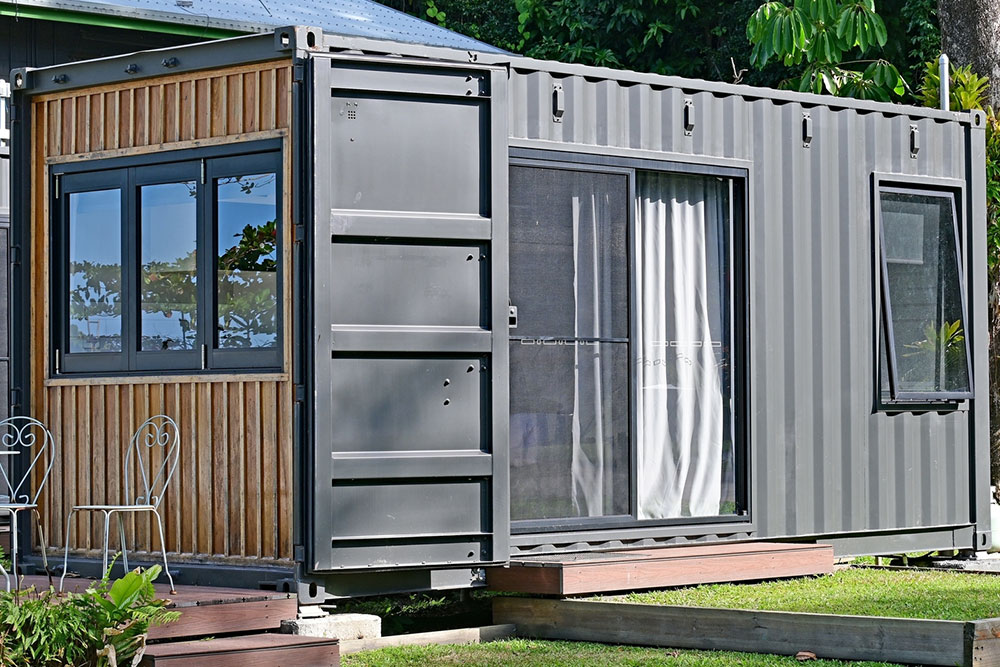
Explore Container Homes: Design Options, Permitting Process, and Purchase Tips
In recent years, container houses have gained popularity, especially for restaurants and commercial spaces. This trend extends to residential living, as many homebuyers prefer container homes for their affordability, eco-friendliness, customization potential, portability, and fast construction. Advances in design and amenities have attracted a growing audience across the continent, making container homes a trending housing solution.
Overview of Container Residences
Container homes are created by transforming either new or used shipping containers into comfortable living spaces. These structures are modified with features like windows, doors, and insulation to resemble conventional homes.
The construction process for container homes is incredibly quick since the core structure is pre-existing. They require minimal foundation work—just a level, solid ground or a concrete base—saving costs on building materials and labor.
Fortunately, concerns over the durability of container homes are largely unfounded. Shipping containers are engineered to bear heavy loads, stack efficiently, and withstand harsh weather conditions—including winds up to 280 km/h—making them highly sturdy and reliable structures.
One challenge of container homes involves their limited wall thickness, which can impact insulation. Proper insulation methods, such as filling gaps and lining walls, are essential to prevent heat loss and condensation, especially in extreme climates.
Designing Your Container Home
Container homes promote sustainability by repurposing old shipping containers, with modifications often carried out in controlled environments—highlighting their eco-friendly nature. Their flexible design capabilities allow for a wide range of configurations, from cozy studios to expansive family residences.
Homeowners can opt for minimalistic modern designs or embrace an industrial look by accentuating exposed container features with wood and stone interiors, creating homes that are both warm and unique. Open-plan layouts, large windows, and adaptable furniture further enhance their appeal.
Permitting and Regulations for Container Homes
As a newer construction method, regulations for container homes vary widely by region. Generally, they fall under the same building codes as traditional homes, overseen by federal and local authorities.
Key considerations include the home's purpose, size, development plans, land use, appearance, proximity to boundaries, water conservation, safety standards (fire protection), and technical infrastructure like energy and sewage systems. Necessary permits typically cover insulation, energy efficiency, external connections, water heating, waste disposal, load capacity, and foundation details.
Tips for Purchasing a Container Home
Costs range from around €20,000 for simple units to over €100,000 for fully equipped, customized homes. Follow these tips to find the right container home:
Partner with a trusted builder
Select an experienced builder familiar with container homes to ensure your vision becomes reality on time and within budget. Seek recommendations from friends, neighbors, or online reviews to identify reliable contractors. Talking to current container homeowners can also provide valuable insights.
Understand legal guidelines
Familiarize yourself with local zoning, building codes, and permits to ensure your container home complies with safety and regulatory standards, preventing future complications.
Choose an all-in-one package
Look for builders offering comprehensive services—including design, kits, and installation—to streamline the process. Comparing quotations from multiple providers helps secure a fair price and smooth construction experience.
Note:
Our blog offers valuable insights across various topics based on thorough research. While we aim to provide accurate information, readers should consult local professionals or authorities for specific regulations and updates. We are not responsible for discrepancies or omitted offers that could benefit readers more than the information presented here.

